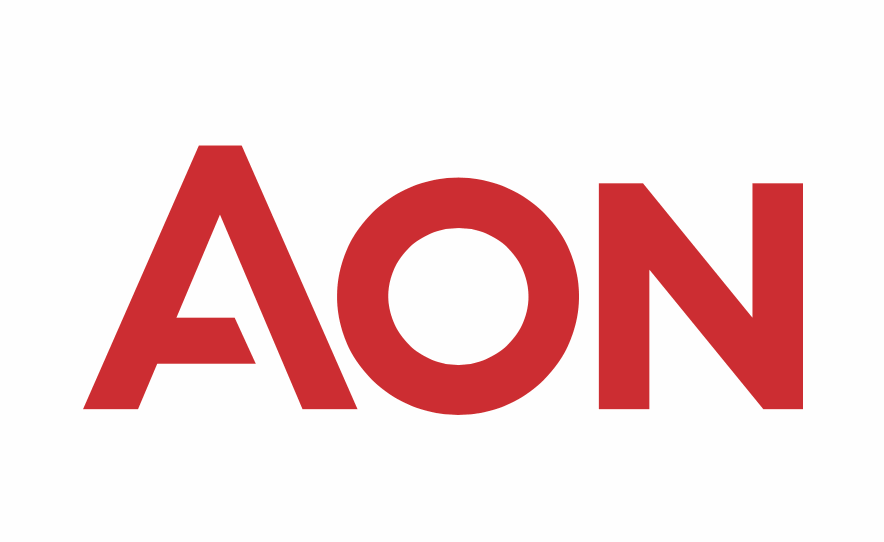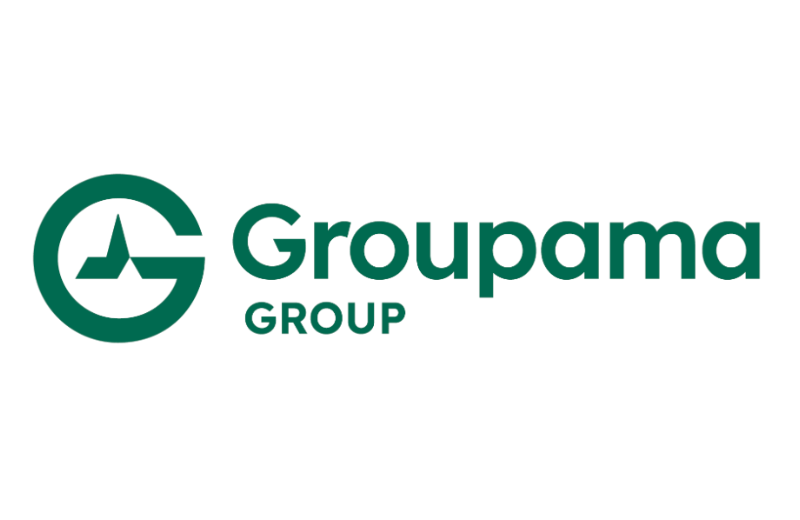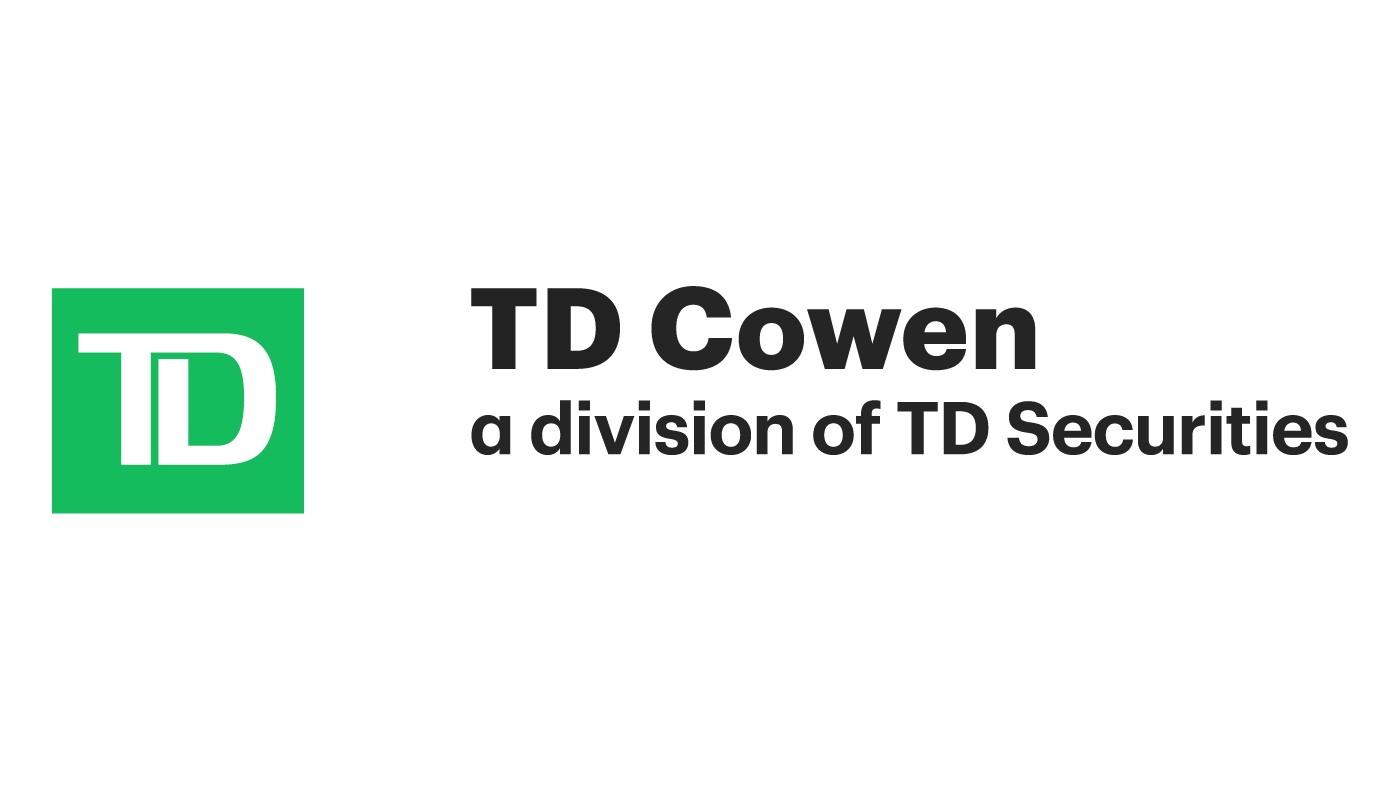
Insured losses from catastrophe events across the globe in the first half of 2025 increased to at least $100 billion, which marks the second highest recorded after 2011’s $140 billion, with the increase heavily driven by the California wildfires and severe convective storm (SCS) activity in the US, according to broker Aon.The re/insurance broking group’s Catastrophe Insight team has published its Global Catastrophe Recap Report for the first half 2025, which examines loss activity seen throughout the period.With H1’25 global insured losses sitting at $100 billion, this is up from H1’24’s $71 billion, and significantly above the 21st-century average of $41 billion.According to the broker, over 90% of insured losses in the opening six months of 2025 occurred in the US, primarily driven by wildfires and SCS.
Data from Aon’s report reveals that at least 19 events, of which 18 took place in the US, surpassed $1 billion in insured losses in H1 2025, with the European SCS outbreak in late June being the only other event to exceed the $1 billion threshold.Other notable events that took place throughout H1 2025 include Cyclone Alfred in Australia, which resulted in insured losses of $900 million (AU $1.4 billion), and Windstorm Éowyn in Ireland and the UK, which caused $690 million (€620 million) in insured loss.An interesting factor to highlight, is that with the majority of the losses occurring in the US, the protection gap, disparity between total economic and insured losses from catastrophe events, is the lowest record, according to the broker, at 38%.
This is far below the 21st-century average of 69%, and driven by the fact that insurance penetration in the United States stands relatively high, when compared to other regions.Meanwhile, Aon’s data also revealed that economic losses from global natural catastrophes in H1 2025 increased to at least $162 billion, in comparison to $156 billion in H1 2024.Once again, this is above the 21st-century average of $141 billion.
Both the Palisades and Eaton wildfires in California, along with the Myanmar earthquake and multiple SCS outbreaks across the US were cited as being the main drivers of the economic loss total.In addition, the broker’s data also reveals that H1’25 economic loss activity in the US alone reached at least $126 billion, surpassing 1994’s $115 billion as the costliest H1 on record for the region, and is significantly above the H1 average since 2000 of $41 billion.Concurrently, the broker stated that economic losses in all other regions remained below their long-term H1 averages.
Furthermore, while tropical cyclone activity was relatively subdued across the Atlantic basin throughout H1 2025, Aon noted that above-average tropical cyclone activity is still anticipated across most seasonal forecasts for the full 2025 North Atlantic hurricane season, which ends in November.As a reminder, you can track the on our dedicated page and we’ll continue to update you as new information emerges.“Similarly to the prior year period, in 1H 2025 there was a lowering of the global insurance protection gap due to the high levels of coverage for U.S.
events,” commented Michal Lörinc, head of catastrophe insight at Aon.Adding: “While this is testament to the capital and solutions our industry provides for catastrophe perils, we need to continue our efforts to bring insurance protection and loss mitigation strategies to countries that are currently underserved, thereby helping them to increase their resiliency to natural disasters.” “Across Risk Capital and Human Capital, our teams continue to identify ways to not just transfer risk, but better analyse and mitigate risk in order to help countries and clients become more resilient.This approach is typified by our Impact Forecasting catastrophe modelling suite, which now spans 12 perils and 90 territories,” said Andy Marcell, CEO of Global Solutions at Aon..
All of our Artemis Live insurance-linked securities (ILS), catastrophe bonds and reinsurance can be accessed online.Our can be subscribed to using the typical podcast services providers, including Apple, Google, Spotify and more.
Publisher: Artemis








